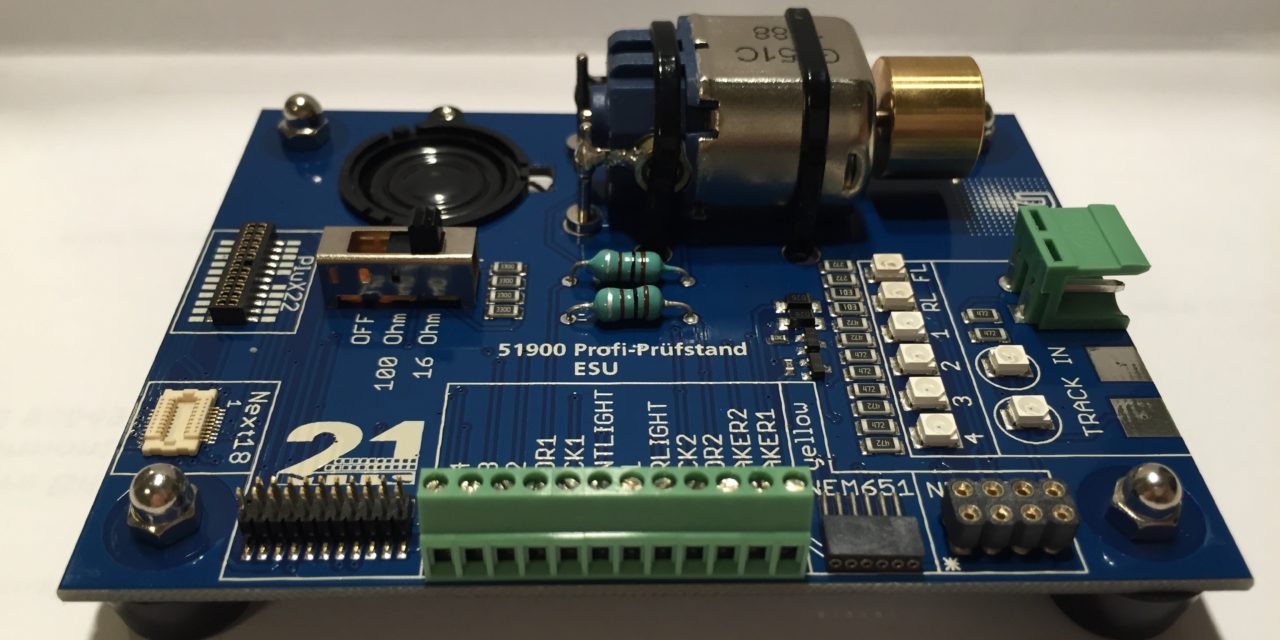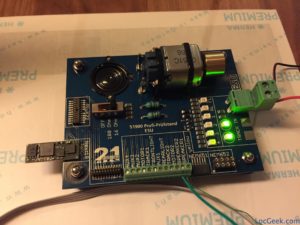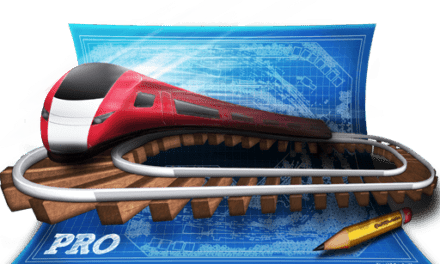Quick test of a handy ESU tool for geeky model railroaders: the “Profi-Prüfstand” for DCC decoders.
Why testing?
Testing a decoder is sometimes useful if you think you may have damaged it. With sound decoders, it is also interesting to review sound projects before actually installing the decoders in the trains.
This is where the ESU “Profi-Prüfstand” comes in handy. To my knowledge, this is the only product of its kind on the market with so many functions.
What to test?
The “Profi-Prüfstand” is designed to help you test both functions and sounds of most decoders. Although it may not fit all scenarios, it allows reviewing the basic functionality of any modern train decoder:
- Onboard motor
- LEDs to test up to 6 outputs (Light front, rear and Aux 1 to 4)
- Speaker (selectable 100ohm or 16ohm pre-resistance to accommodate most sound decoders)
The most practical aspect of the decoder tester, is its extensive range of decoder digital interfaces:
- NEM651 (common in N scale)
- NEM652 (common in H0 scale)
- 21MTC
- Next18
- Plux22 (compatible with all Plux 8, 12, 16 and 22 decoders)
- Screw-type interface for wired decoders
Unboxing pictures & video
Here is a quick test with a Doehler & Haass SD18A sound decoder:
Conclusion
The tool is extremely easy to use: connect digital power on one side, and the decoder on the other side. Then you’re free to test. The board does not include any kind of DCC functionality, it just relays the input to the decoder. That means you can use it with any digital signal from your command station (DCC, Motorola, Selectrix…) or even analog power, as long as the target decoder supports it of course.
I think it’s a very practical tool for experienced to pro model train users. It is not “necessary” by any means, but can help diagnose decoder issues much faster. Although its principle is extremely simple – the board simulates a locomotive with motor, loudspeaker and lights – many people won’t find any particular use for it.
One last thing to note: beware of older models that might still be in stock and do not include the Plux22 or Next18 interfaces. As too often with German manufacturers, ESU updated the board without changing its part number (Next18 was the last addition to the model, in 2013).
External links
- Official ESU page: http://www.esu.eu/en/products/decoder-tester/
I always try to be fair and square when giving grades, see the details about the evaluation criteria here !
Reminder: I am a hobbyist and these articles only represent my personal views. I am not receiving any compensation, in any form, from the brands or stores mentioned here. The product names, marketing names, and brands mentioned here are the property of their respective owners.













I quite liked the idea of this – but I wonder if you actually end up using it. Do you find a use for it or do the decoders usually end up straight in the loc?
I have more decoders than available engines 😉 I do use it from time to time indeed, especially after some soldering on the decoder (additional outputs…) to check I didn’t damage anything.